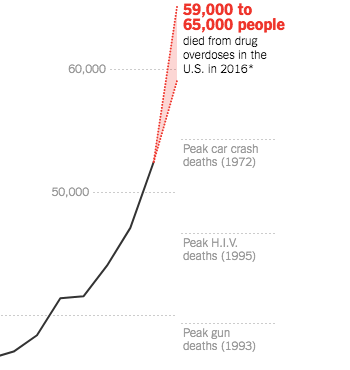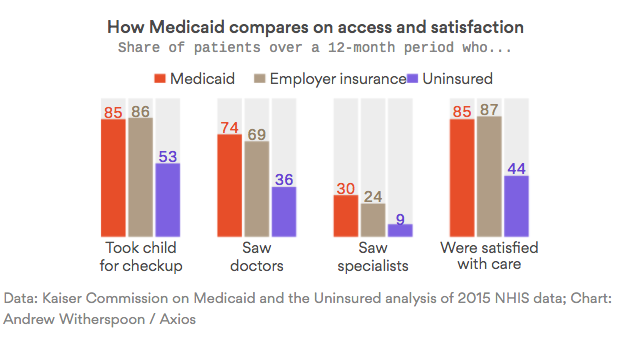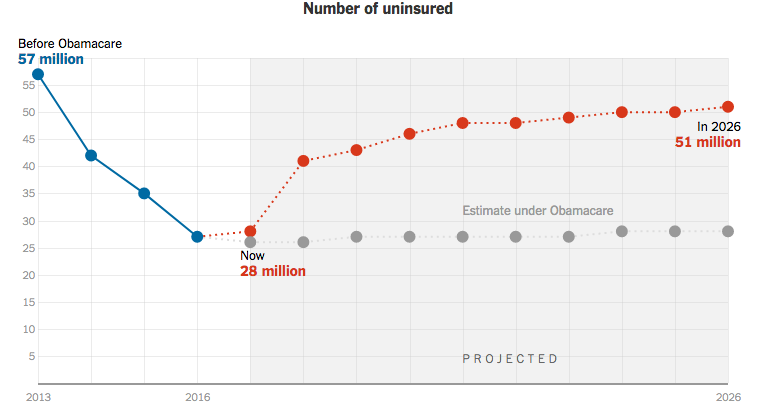After a seemingly-unending flood of deals that stretched for several years, mergers and acquisition activity in the work comp services sector slowed a lot last year.
There was a brief flurry of activity after the election, a flurry that – with some exceptions – seems to have come to an end.
What’s going on?
Several things.
First, the workers’ comp industry is mature; service sectors have consolidated and there just isn’t a lot of “organic” growth – growth driven by an expanding industry. Software, artificial intelligence, drones – these are rapidly growing industries, where investors see opportunities for investments to generate huge returns.
That’s not to say there aren’t work comp companies growing by taking share from competitors, acquiring other companies, and expanding their service lines. Genex is one example; the company is buying up competitors and diversifying within a fairly narrow service sector.
Second, there are far fewer companies to acquire. One example is the PBM (pharmacy benefit management) industry has really consolidated of late, with Optum and Express Scripts now the dominant companies in what used to be a highly fragmented industry. 13 years ago when CompPharma started there were perhaps a dozen PBMs with appreciable market share. Today, there are less than half that number.
The same has happened in bill review, utilization review, specialty services, and every other sector.
External factors not directly related to workers’ comp are also at work; perhaps none more important than the mindset of powerful people.
While CEOs are enthusiastic about potential business growth, their Boards are much more cautious. Overall, US M&A activity came to a screeching halt after the election, dropping 40% since the peak in 2013. This is significant because corporate boards are populated by investors, bankers, former CEOs, and other luminaries tasked with the long-term success of their company, not short term headline-grabbing deals.
There are a couple of recent transactions in our space that make a lot of sense – PBM Express Scripts’ purchase of myMatrixx is one example. MItchell has been buying up smaller PBMs and other companies as it continues to pursue a sale of the company. And investors are continuing to look for potential acquisitions; I hear from private equity firms looking for the next breakout service provider pretty much every week.
Countering the caution are a couple drivers that may not be as apparent to the casual observer.
There is a shipload of private equity money looking for deals, and PE firms need to use that money to buy companies. European funds are at an eight-year high and we aren’t far behind on this side of the pond.
Interest rates are still low; while they’ve trended up of late, compared to historical averages money is still cheap.
What’s the net?
Expect smaller deals to keep happening, but there’s much less enthusiasm for the mega-deals in workers’ comp services.





